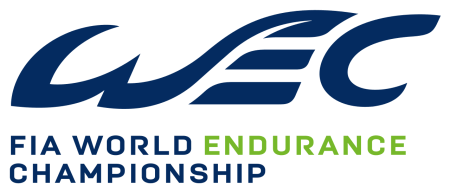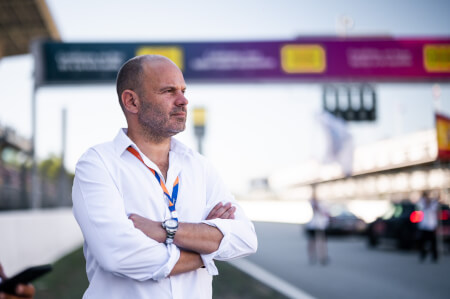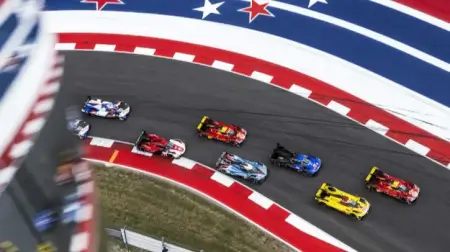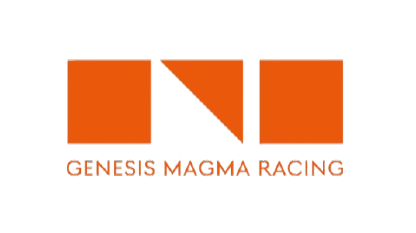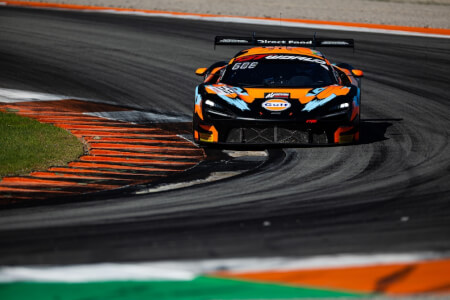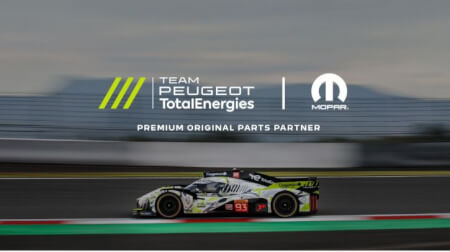June 14th 2024
FIA, ACO announce regulatory changes for Hypercar, LMP2 and hydrogen
Several key regulatory changes for the FIA World Endurance Championship were announced at the annual ACO Friday Press Conference this morning at Le Mans, following ratification by the FIA World Motor Sport Council earlier this week.
The main headline concerned the homologation cycle for current Hypercar class cars, which has now been extended until the end of the 2029 season.
This “ensures the stability of the technical regulations as new manufacturers join the competition each year” according to the organizers and will help them capitalize on the success of the formula in the longer term.
“As a fan of the sport this is an incredible moment for sportscar racing. This is the platinum era,” said IMSA president John Doonan, who also confirmed to RACER that the regulation extension also applies to IMSA GTP, which will accept both LMH and LMDh chassis, and will not enforce a two-car rule.
“Today marks two things, stability and opportunity. My hope is that with today’s announcement other manufacturers will take a look at the top category. We are thrilled to carry on this great moment.”
Two additional development “Jokers” (performance upgrades) will also be permitted for the 2028 and 2029 seasons.
Also confirmed was the so-called ‘two car’ rule for the top class. From the 2025 FIA WEC season onwards each manufacturer represented in the Hypercar category will be required to enter a minimum of two cars. This change has been made, according to the FIA and ACO, “to improve sporting fairness and ensure a level playing field.”
Two-car entries will be mandatory to score points in the FIA Hypercar World Endurance Manufacturers’ Championship, while any additional cars from a given manufacturer will take part in the FIA World Cup for Hypercar Teams, which is currently contested by privately-entered cars
Two-car entries will be mandatory to score points in the FIA Hypercar World Endurance Manufacturers’ Championship, while any additional cars from a given manufacturer will take part in the FIA World Cup for Hypercar Teams, which is currently contested by privately-entered cars
To accommodate additional entries from manufacturers currently competing with a single car, the maximum grid size has been increased too, from 37 cars this season to 40 for races outside of Le Mans.
Beyond changes to the Hypercar regulations, the next generation LMP2 ruleset has been postponed by two years from 2026 to 2028.
This shift in direction for the category comes amid an ongoing debate behind the scenes between the rulemakers, suppliers and teams about the future shape of the class.
The decision to delay comes after the ACO reached out to the current set of ELMS and Asian Le Mans Series teams for opinions on the matter. RACER believes that an overwhelming majority of teams pushed for a delay.
Key question marks still remain over the next-gen P2 rules, including the look and specification of the chassis and engine.
“The new chassis and engine have yet to be selected but will be based on two key principles: a downsized engine and reduced weight,” according to the ACO.
“LMP2 is not part of FIA WEC this season or next, but remains the premier class in the European Le Mans Series and Asian Le Mans Series.”
RACER would note that the statement above is produced verbatim.
RACER understands, from conversations with senior paddock sources in the aftermath of the press conference, that the previously-proposed LMP2 ruleset has been put to one side and a blank sheet of paper rethink is underway. This is a solution that RACER was told back in April was being suggested.
Crucially, this means that the next-gen cars from the four manufacturers (Ligier, ORECA, Dallara and Multimatic) no longer need to be based on an LMDh spine. The engine specification has also not been determined.
While Gibson was previously announced as the sole engine supplier until 2030 with its 4.2-litre V8, the rethink of LMP2 regulations means that this element, too, is up in the air.
RACER has been told by a source that while Gibson is now no longer officially confirmed as the sole supplier for LMP2 engines in the new era, the Repton-based manufacturer is still highly likely to be awarded the new tender.
“LMP2 is a key category for ACO,” said Pierre Fillion, president of the Automobile Club de l’Ouest. “It’s a top category that we must protect. We talked with all the teams and decided to extend the current generation until the end of 2027. “We have had lengthy discussions with all stakeholders and will prepare for this new generation.”
The final news of note was a further delay to the introduction of hydrogen regulations to 2028.
“The Automobile Club de l’Ouest, the Federation Internationale de l’Automobile and the International Motor Sports Association continue to explore hydrogen technology to achieve zero-carbon motor racing,” the statement from the organizers reads.
“A hydrogen prototype class will be introduced in 2028. A joint working group is drawing up the regulations required to bring this pioneering and sustainable technology into endurance racing.
“For optimal sporting competitiveness, the hydrogen will be stored in liquid form.”
Interestingly, this goes against the technology being developed by MissionH24 for its forthcoming H24EVO prototype which was revealed to the public earlier this week. That car is powered by hydrogen in gas form.
This is the second delay to the future ruleset in the last six months, after Fillon communicated to the media a delay from 2026 to 2027 in Bahrain last November.
There, Fillon cited hurdles created by safety concerns as the reason behind the decision.
This story has been updated with additional information about the LMP2 regulations
For more information: www.racer.com
For more Industry News, please Click Here
For more information: www.racer.com
For more Industry News, please Click Here
